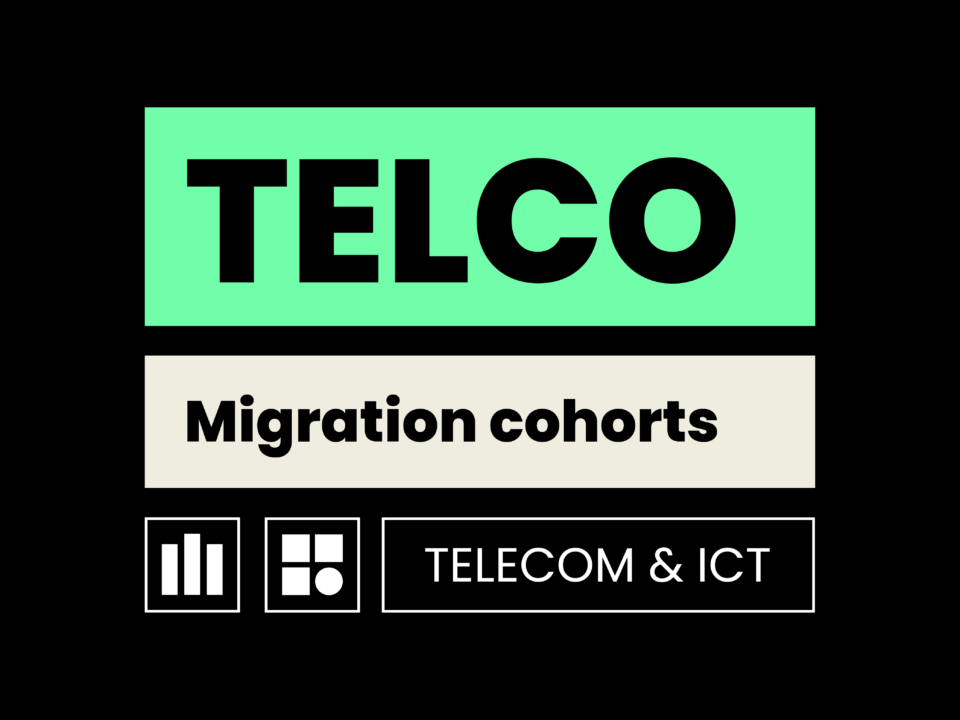We taught a customer how to play it smart
Segmenting the market with the right vendor strategy to address the Software Defined Networking TAM, in just 3 months
01. THE QUESTION
For this case, our customer was a large Belgian mobile telecommunications company we’d worked with before. Our customer provides various services to businesses, one being data connections through extremely high quality and secure lines. They’re called MPLS lines.
These lines’ main task is to ensure that the correct data arrives at the right place, with guaranteed quality. For example: avoiding a bad connection during a Zoom call. Our customer has been offering this service for about twenty years, making it one of their greatest sources of income.
The problem: there’s a new technology on the market called software-defined networking (SDN). SDN offers the exact same guarantee of quality and safety, only much cheaper and more flexibly than our customer’s expensive MPLS lines.
Our customer asked Addestino what to do. Given their rich portfolio of clients with high-yielding MPLS lines, and given the current variety of technology players coming up with their own SDN solutions, what should their strategy be? More specifically: what should they offer which supplier, and to what kind of client?
02. THE PROCESS
We started by taking a look at what drives our customer’s clients to switch to SDN. There appeared to be three different types of clients. The first type wants to make the switch purely because SDN costs less. The second type wants the flexibility it has to offer, so they can quickly scale and adapt. The third type wants SDN for its superior form of security, so they can manage all their data transfers themselves.
Next, we discovered two different types of client attitudes. The first type’s motto: what we do ourselves, we do better. They want to build their own SDN using cheap internet lines and adding their own technology on top. The second type wants to be able to buy SDN as a managed service, from an operator taking care of everything for them.
We ended up with six major client segments, since there were three different client types and two different forms of consumption. We mapped these six segments into a market estimation model, to calculate each segment’s business potential of switching to SDN. And more specifically: with what kind of technology, and which supplier?
03. THE RESULT
Thanks to our market estimation model, we were able to tell our customer which client segments they should prioritise in terms of software-defined networking, and which segments, in order to protect revenue from their MPLS lines, they should maintain the status quo. With the latter segments, we know our customer wouldn’t be able to win the battle against SDN and would end up missing out on revenue.
We went into great detail to recommend the right suppliers to sign contracts with, which clients to sell SDN to and when, at what price, and so on. This way, our customer will be able to retain the maximum value of their old service without missing the boat in terms of new technology. They’re protecting their classic MPLS lines as much as possible, while at the same time building up sufficient market share in the new technology of software-defined networking.
Smart, no?
Want to know more about this case?



